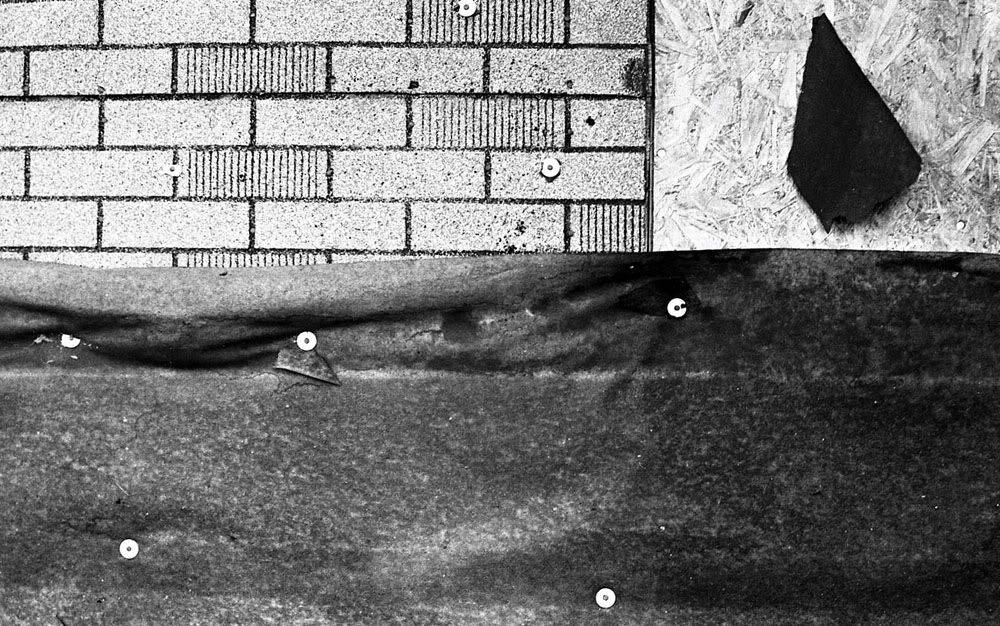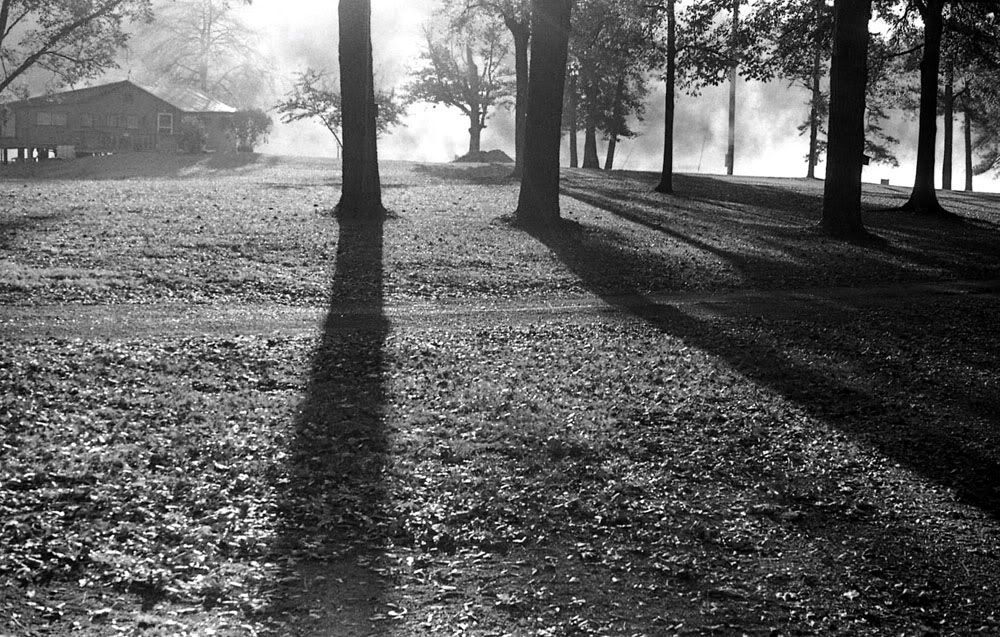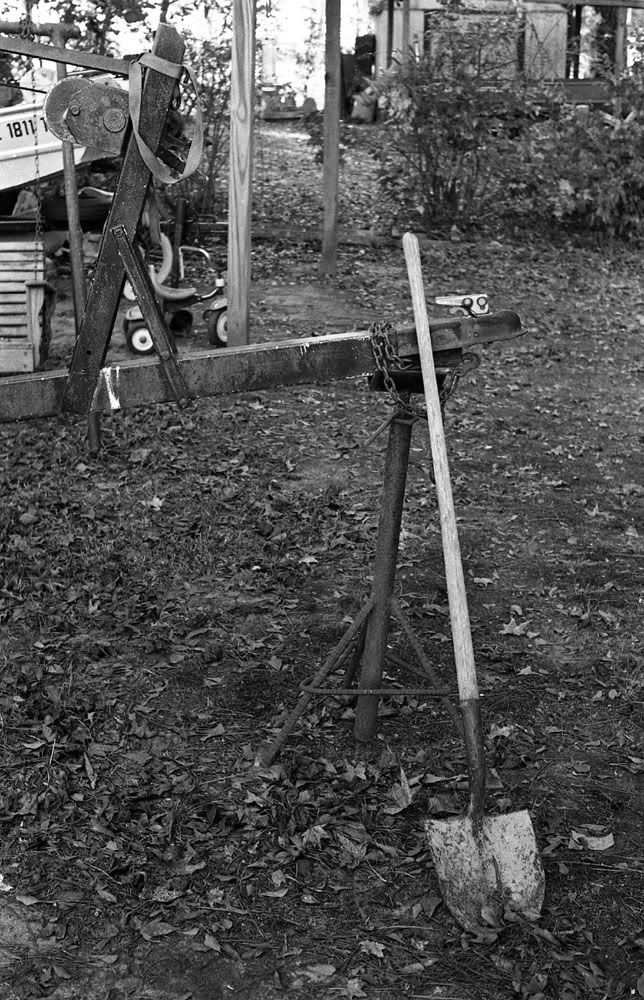paulfish4570
Veteran
FED-2, I-26, D76:
8-bit grayscale/1200 dpi:



16-bit/2400:
Now I will turn around and run the same three 16/24:



I can see more detail in the windows of the cabin in tree/shade/sunrise shot scanned at 16/2400 ...
8-bit grayscale/1200 dpi:



16-bit/2400:
Now I will turn around and run the same three 16/24:



I can see more detail in the windows of the cabin in tree/shade/sunrise shot scanned at 16/2400 ...

